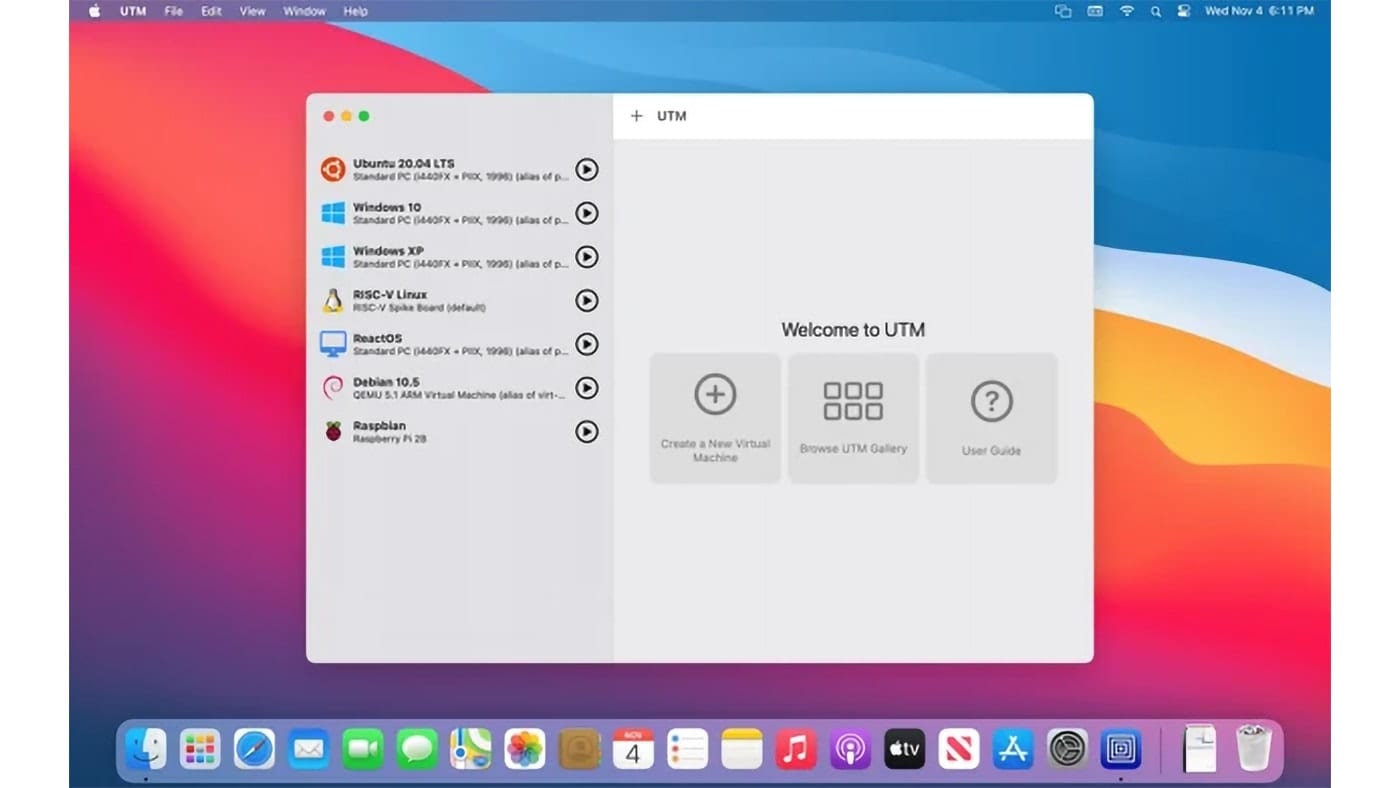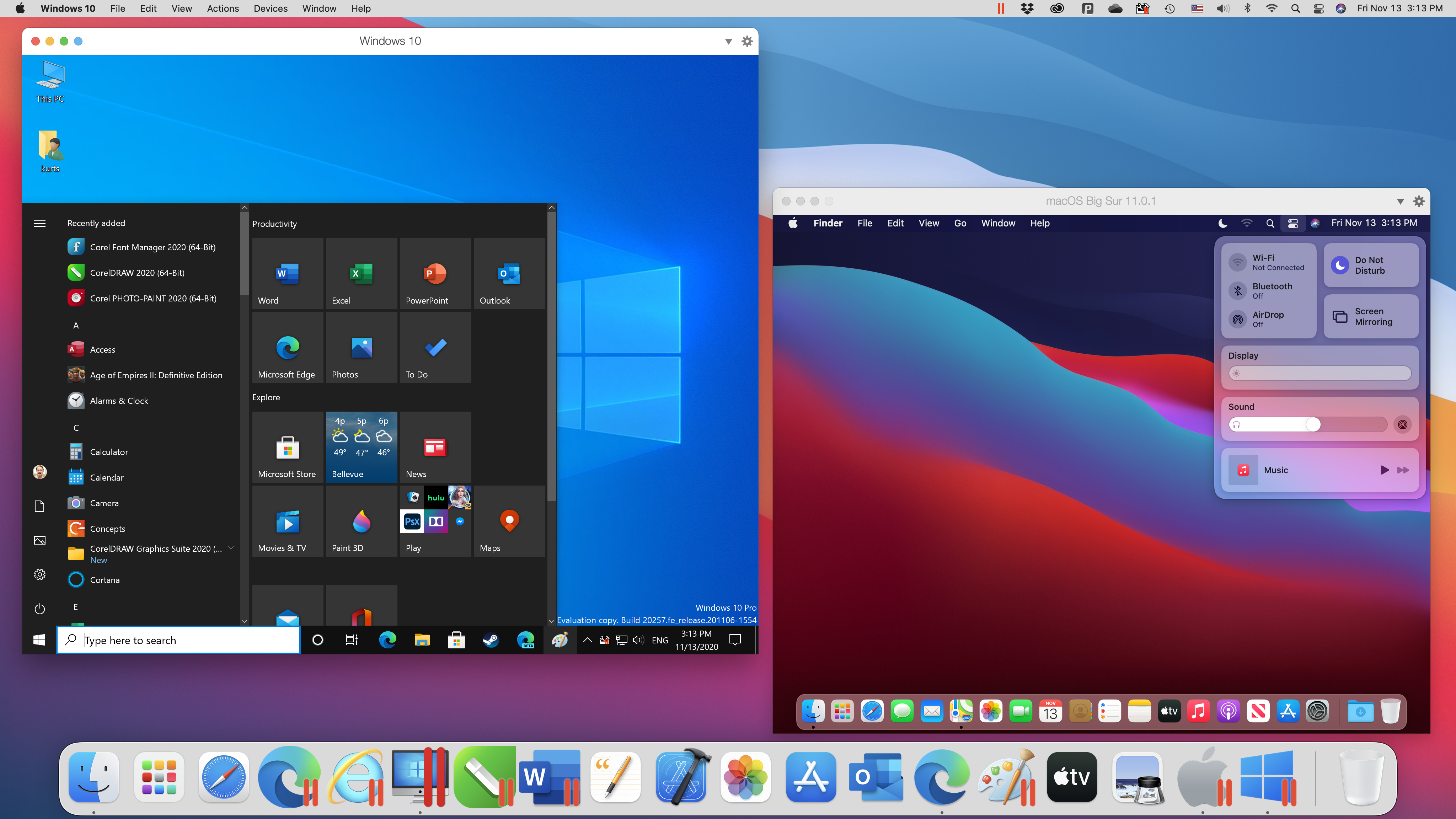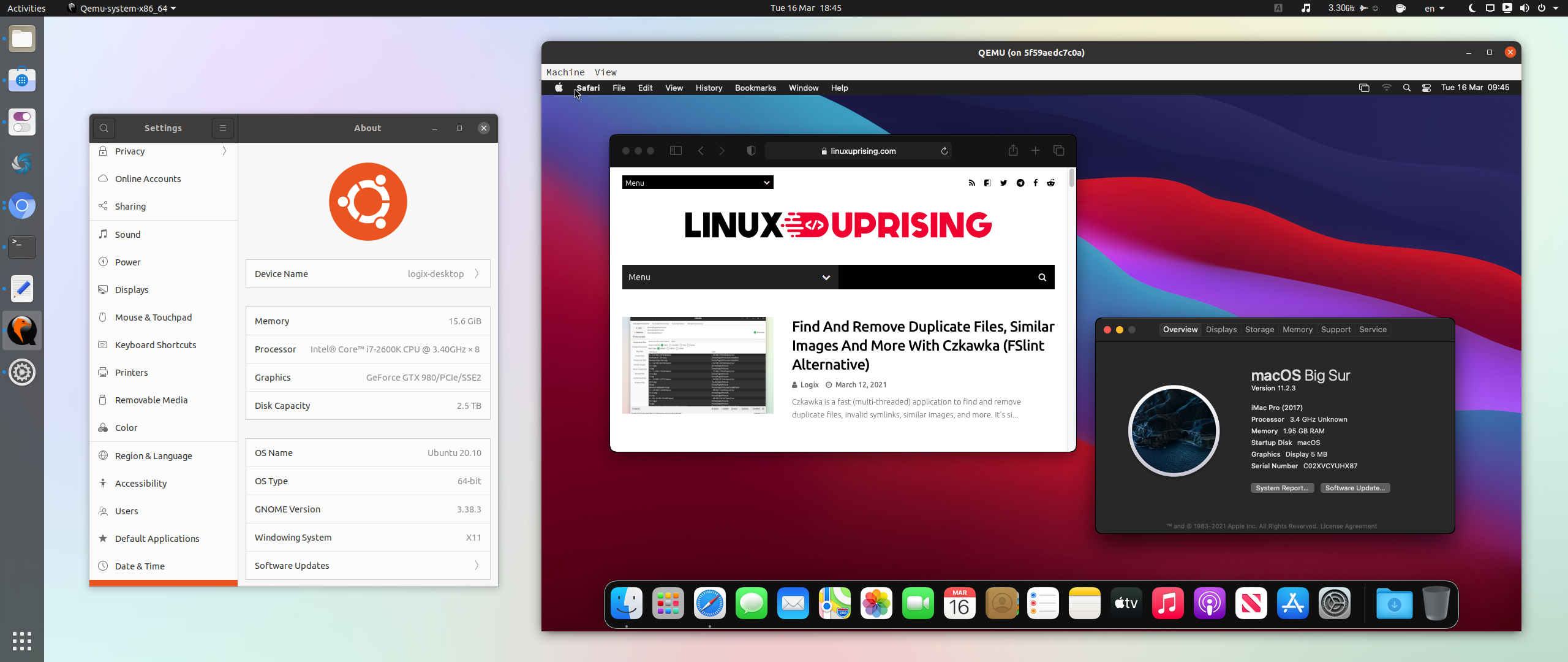

VirtualBox is a community effort backed by a dedicated company: everyone is encouraged to contribute while Oracle ensures the product always meets professional quality criteria. VirtualBox is being actively developed with frequent releases and has an ever growing list of features, supported guest operating systems and platforms it runs on. Presently, VirtualBox runs on Windows, Linux, Macintosh, and Solaris hosts and supports a large number of guest operating systems including but not limited to Windows (NT 4.0, 2000, XP, Server 2003, Vista, Windows 7, Windows 8, Windows 10), DOS/Windows 3.x, Linux (2.4, 2.6, 3.x and 4.x), Solaris and OpenSolaris, OS/2, and OpenBSD. Not only is VirtualBox an extremely feature rich. See " About VirtualBox" for an introduction. VirtualBox is a powerful x86 and AMD64/Intel64 virtualization product for enterprise as well as home use. Not only is VirtualBox an extremely feature rich, high performance product for enterprise customers, it is also the only professional solution that is freely available as Open Source Software under the terms of the GNU General Public License (GPL) version 2. VirtualBox is a powerful x86 and AMD64/Intel64 virtualization product for enterprise as well as home use. Looking for a new challenge? We're hiring a VirtualBox senior developer in 3D area (Europe/Russia/India).

Looking for a new challenge? We're hiring a System Administrator/Quality Engineer (Germany). Looking for a new challenge? We're hiring a VirtualBox Principal Software Developer (US, UK, Romania). Browse to the folder on the Mac that will be shared with the virtual machine and click Add. Now reboot your Mac to test if this config worked! On boot, Mac will look at all launch daemons in /Users/mattias/Library/LaunchAgents/ and execute them.Oracle today released a 6.1 maintenance release which improves stability and fixes regressions.

To test that the config works, try to launch it manually first: $ launchctl load /Users/mattias/Library/LaunchAgents/istĪs a result, the VM should be now booted in headless mode. To find your VM name, run this command in the terminal: $ VBoxManage list vms And seeing as it’s the only solution that can currently support macOS Big Sur, the popularity is about to increase. It should be changed in the filename & twice in the XML. Parallels Desktop is, without doubt, one of the most popular virtual machine software among Mac users. In other words: copy/paste your VM’s name in there. That name is also present in the array of ProgramArguments and in the string-value of the Label key, as the name of the VM to start. Label -1804-pihole ProgramArguments /Applications/VirtualBox.app/Contents/MacOS/VBoxManage startvm ubuntu-1804-pihole -type headless RunAtLoad Ī few things are important here: the filename contains the string “ ubuntu-1804-pihole”. $ cat /Users/mattias/Library/LaunchAgents/ist


 0 kommentar(er)
0 kommentar(er)
